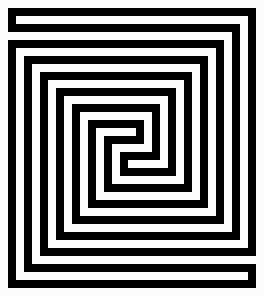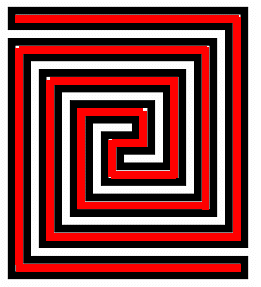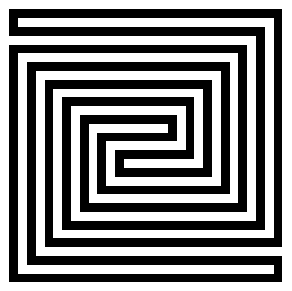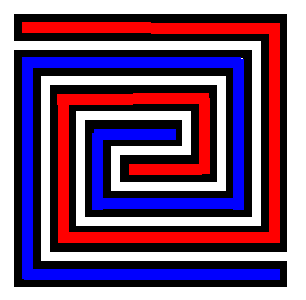|
CLASSIC DEFINITION:
Image Segmentation
is a process of partitioning the image into non-intersecting regions such that
each region is homogeneous and the union of no two adjacent regions is homogeneous.
from N.R. Pal and S.K. Pal, A review of image segmentation techniques Pattern Recognition, Vol 26, pp 1277-1294 Sept 1993. |
|
Image Segmentation
in Classical Image Analysis
The classical perspective on image segmentation is that in order to interpret an image, one needs to decompose the image into connected regions of common characteristic, such as colour or texture. |
For example, for
the binary image

|
Segmentation would yield a tree structure like so:
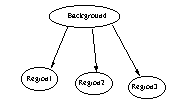
In this simple example, each connected region corresponds to a different image object. |
|
Image Segmentation in Query
by Image Content
In order to query an image database as whether there is a region of a specified colour, one requires an analysis so that the pixels of like colour that are connected may be delineated like so: |
In this Clown image, all connected pixels of the same red colour have been located, and perimeter marked in white. This is especially useful in servicing a query to an image database that there is a red block of a specified number of pixels in the image. Such a precise delineation of a region is also required to service a query posed by drawing the outline of a region with a mouse, as in IBM's QBIC |
|
A useful alternative way of segmenting an image is to "box in" (using a minimum surrounding rectangle) the connected pixels of that colour like so: This is especially useful in servicing a query to an image database that there is a block about this size of a particular colour in the wanted image. The latest version of the WebSEEk family of Query by Image Content systems VisualSEEk uses just such a boxing of common regions. |
In this Clown image, all connected pixels of the same red colour have been located, and a minimal surrounding rectangle is marked in white, as in the servicing by an image database of the query that there is a red block of specified dimensions in the wanted image. |

